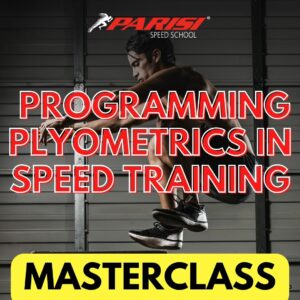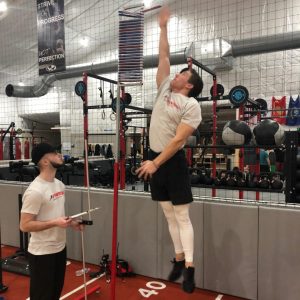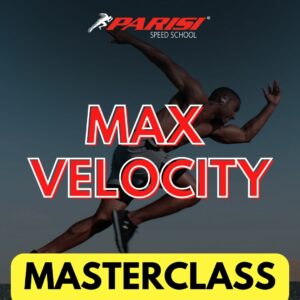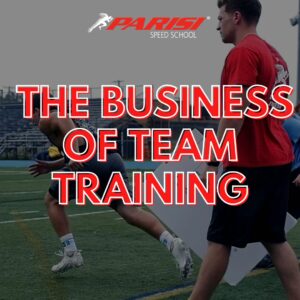Description
1. Sport Injuries: Patterns,Trends & Current Thinking
Presented by: Dan Pfaff
2. The Anatomy of Hamstring Injuries & Prevention
Presented by: Dr. Bryan Heiderscheit, Dr. David Opar, Dr. Silvia Blemker, Dr. Ryan Timmins & Dr. Jack Hickey
3. ACL Injury/Re-Injury Prevention: Why Monitoring Concentric/Eccentric Force Asymmetries Matters
Presented by: Matt Jordan
4. Enhancing Injury Resilience & Performance: A Spine Perspective
Presented by: Stuart McGill & Brian Carroll
5. Speed-Based Knee Rehab & Return to Play Protocols
Presented by: Irving “Boo” Schexnayder
6. Who Owns Pain and Range of Motion?
Presented by: Dr. Kelly Starrett
7. Collision vs. Combat: Building Performance-Impacting Training Systems for the ‘Full-Contact’ Athlete
Presented by: Dr. Duncan French
















Reviews
There are no reviews yet.